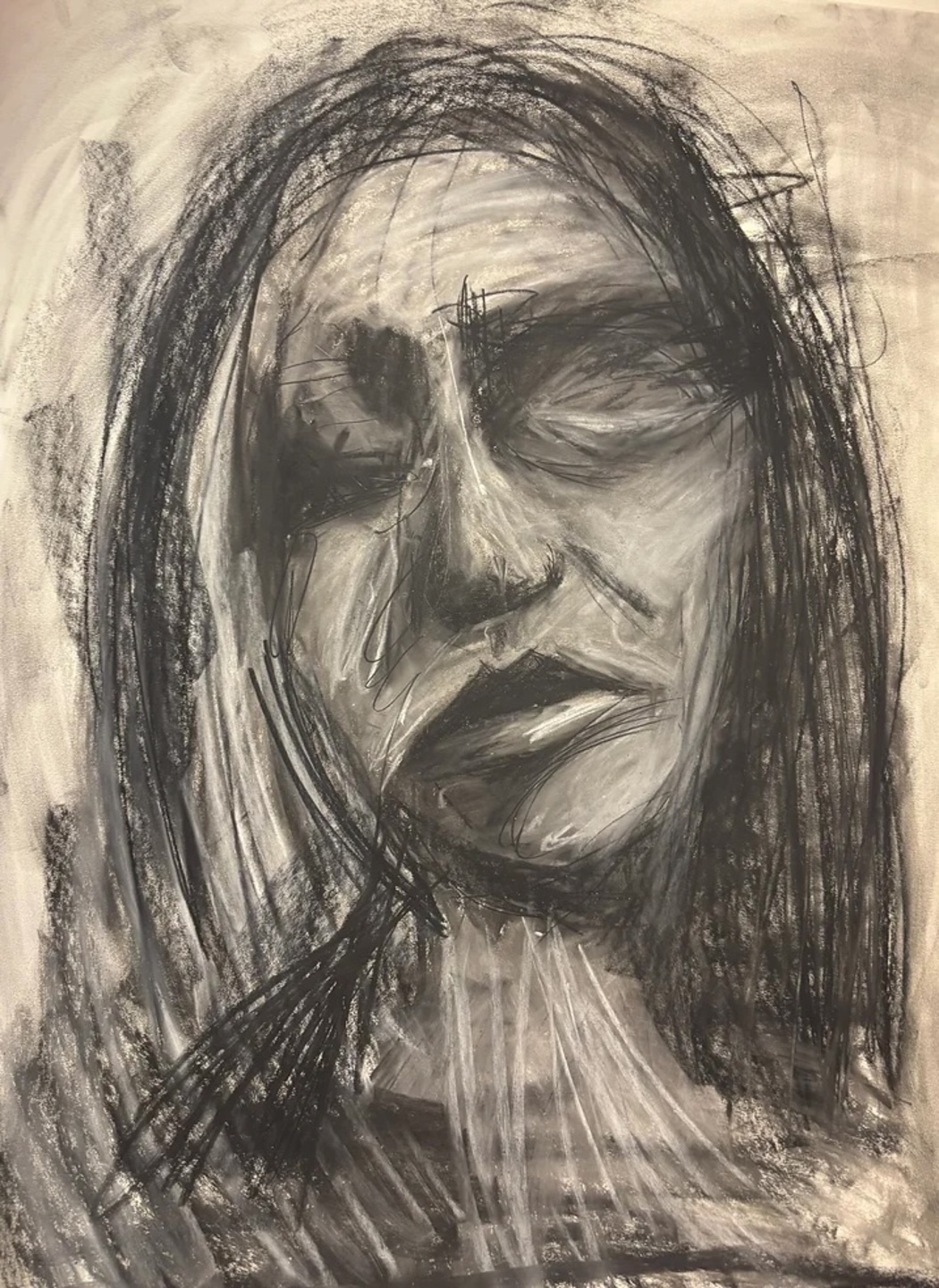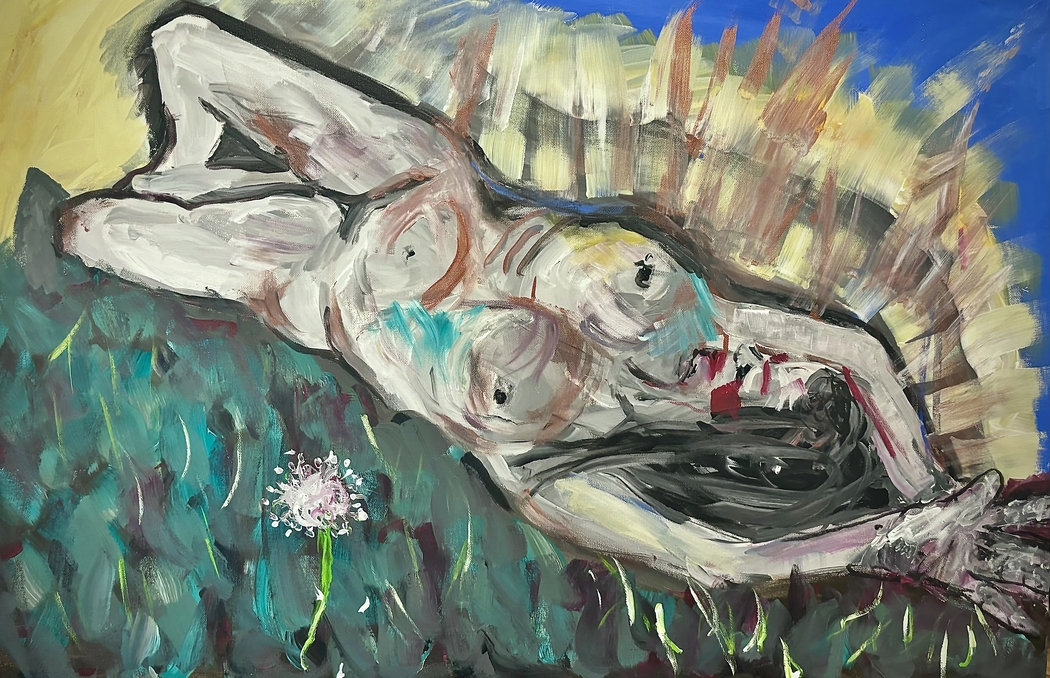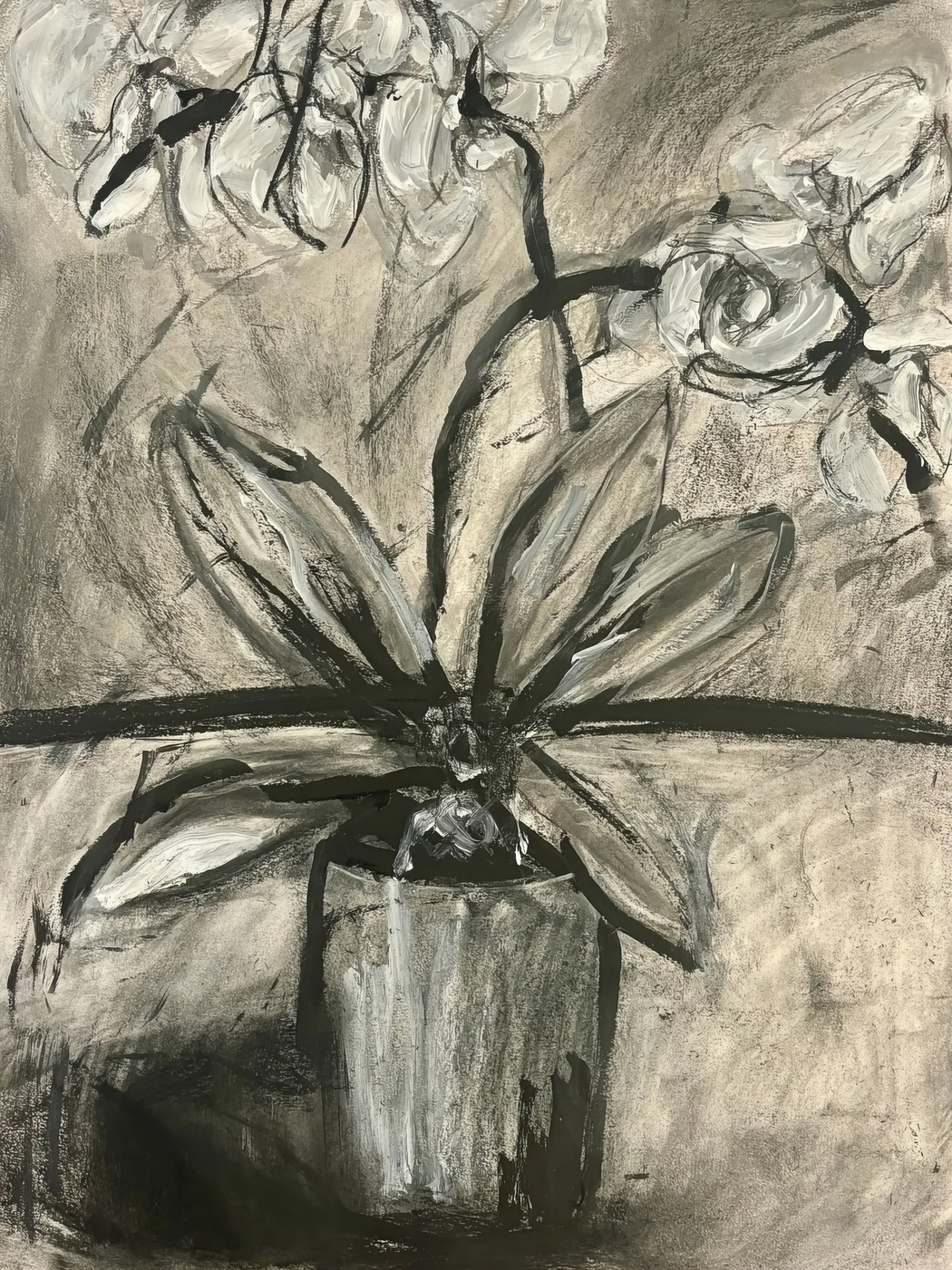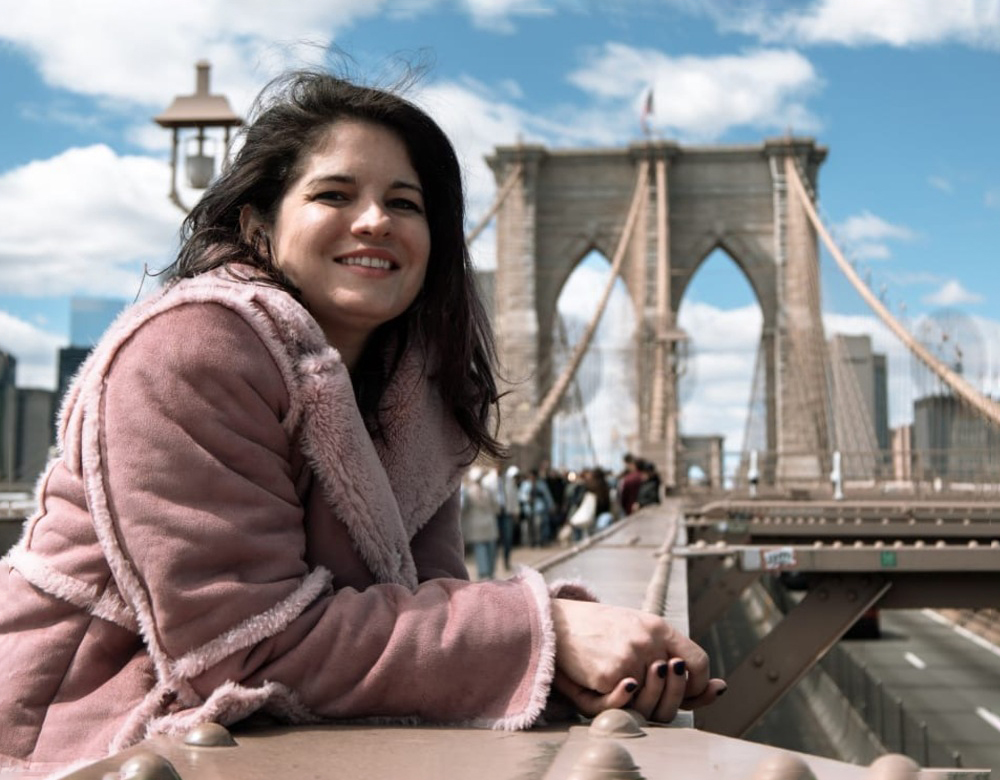Nicole A. Saenz
Your work is deeply informed by your experiences in both the psychiatric and artistic realms. How do you balance these two roles emotionally and creatively?
My work is a reflection of the deep emotional and creative interplay between my roles as an artist and a psychiatric nurse. I don’t see them as separate paths, but rather as parallel currents that feed one another. When I’m working with patients, I encourage expression in all its forms—speech, writing, drawing, movement—because many of them have never been truly heard. They carry trauma, stigma, and profound emotional wounds, often with no support system. Society has let them down, over and over.
When I return to the studio, I carry that compassion with me. Each mark I make comes from a place of meditation, of holding space for those voices. The lines and textures are quiet tributes to stories I cannot always share but never forget. My art becomes a place where care and grief and beauty can coexist.
You mention that memory is not a reliable narrator in your work. Can you share how this concept shapes your creative process and visual language?
We are constantly reexamining and reexperiencing our memories through the many selves we become as we grow and age. What felt true in one season of life can feel unfamiliar in another. Emotional pain, in particular, has a way of distorting memory, bending it through the lens of heartache or confusion. Our moods, our mental state, the weight we carry in our hearts—all of these influence what we remember and how we understand it.
In my creative process, this uncertainty becomes part of the visual language. My work often reflects layers, fragmentation, and ambiguity—echoing how memory refuses to be pinned down. When things are in flux, chaotic, or unresolved, it becomes nearly impossible to create a concrete narrative. And yet, we rarely forget the emotional imprint—how someone made us feel, even if the details blur. My art holds space for that feeling: the residue of emotional truth when factual clarity fails. It’s less about documenting memory and more about honoring the echoes it leaves behind.
 Nicole Saenz | Eclipse | 2024
Nicole Saenz | Eclipse | 2024
Life drawing appears to play an important role in your practice. What does the act of drawing from life bring to your exploration of trauma and perception?
Life drawing plays a grounding and joyful role in my practice. It allows me to reconnect with the beauty of the human form—not just anatomically, but emotionally and spiritually. In the context of exploring trauma and perception, this act of drawing from life becomes a kind of celebration of our shared humanity. Amid the heaviness I often carry from working in psychiatric care, life drawing offers a moment of bliss, a reminder that the body itself holds grace and presence, even after pain.
Using charcoal feels especially liberating. There’s something playful and visceral about dancing the charcoal across the page. Sometimes it feels like I enter a kind of spiritual trance—my hand moving intuitively, as if guided by something beyond thought. That flow state connects me to a deeper current beneath the surface of perception. It’s less about control and more about surrender—about honoring the sacred in the ordinary. Life drawing, for me, is not just a technical exercise, but a ritual. It helps me hold space for both suffering and beauty, and to find the humanity threaded through both.
Many of your figures appear fragmented, contorted, or partially erased. What role does distortion play in your storytelling?
The distortion in my figures is intentional—it speaks to the fragmentation of identity under the pressure of external forces. These contorted or partially erased bodies reflect how the psyche is constantly shaped, splintered, and sometimes erased by the world around us. We live in a society oversaturated with messaging: relentless advertising, monetization of even our quiet moments, the omnipresence of media that claws at our attention with every click. These forces blur the lines between self and projection, between choice and conditioning. Identity becomes fluid, but not always in liberating ways—often it’s disoriented, conflicted, under siege.
For women especially, the effects of patriarchal dogma—through religion, legislation, and ingrained societal norms—continue to demonize the feminine, casting softness or intuition as weakness, and power as a threat. These distortions in the body reflect the distortions in how we are allowed to exist. My figures bear the weight of all that pressure. They show how identity is not just personal—it’s political, emotional, and constantly in negotiation. The erasures and contortions are not just aesthetic choices—they’re testimonies. They show what happens when the self is pushed and pulled by forces bigger than it, yet still insists on showing up on the page.
 Nicole Saenz | Silent Wish | 2024
Nicole Saenz | Silent Wish | 2024
You incorporate elements of spiritual practice, such as New Age philosophy and shamanic healing. Do these influence your imagery or method of creation?
My process is deeply intuitive and shaped by spiritual practices, including New Age philosophy, and elements of shamanic healing as well as Jungian ideas. I view art as an alchemical act—a way of acknowledging parts of the soul that have been hidden, fractured, or silenced. Through that acknowledgment, healing can begin. It’s less about aesthetic polish and more about emotional truth, about transmuting pain into presence.
Much like in a shamanic healing circle, where participants share their stories and bear witness to one another, my work seeks to portray pain honestly—to hold space for it. In doing so, it connects with something larger: the wisdom of nature, of the body, of the self. There’s a reverence in this practice, a sense that nothing—no emotion, no experience—is by chance. Each mark, each gesture becomes part of a larger ritual, drawing on an inner knowing that’s beyond intellect.
This kind of creation is raw and sacred. It’s about tapping into the mind-body connection, and letting the image emerge as a mirror—not just of the self, but of the collective human condition. In this way, my work becomes a dialogue between personal experience and the larger, spiritual fabric we’re all woven into.
 Nicole Saenz | White Orchid | 2024
Nicole Saenz | White Orchid | 2024
How do you approach the use of charcoal versus acrylics? Do different mediums serve different emotional or narrative functions for you?
Charcoal and acrylic serve very different emotional and narrative roles in my practice. Charcoal is like a conversation—open and responsive. There’s a sense of play in it, a lightness and immediacy that lets me explore form and emotion in real time. It allows for revision, for the work to breathe and shift as I’m in dialogue with it. The act of drawing in charcoal can feel spontaneous, like dancing with the page—messy, expressive, and deeply intuitive. It mirrors the experience of processing something that’s still unfolding, uncertain, or in flux.
Acrylic, on the other hand, feels more declarative. It’s a statement—a thesis. There’s a weight to it, a sense of commitment. Once laid down, it’s more permanent, more final. It carries a kind of authority, like a full sentence that has been spoken and can’t be taken back. In this way, acrylic becomes a container for clarity, for resolution, for moments that feel fully formed—a gestalt. It can embody closure or conviction in a way that charcoal resists.
I move between the two depending on what the work is asking for—whether I need openness or certainty, dialogue or declaration. The medium becomes part of the message, and part of the emotion I’m trying to translate.


Leave a Reply